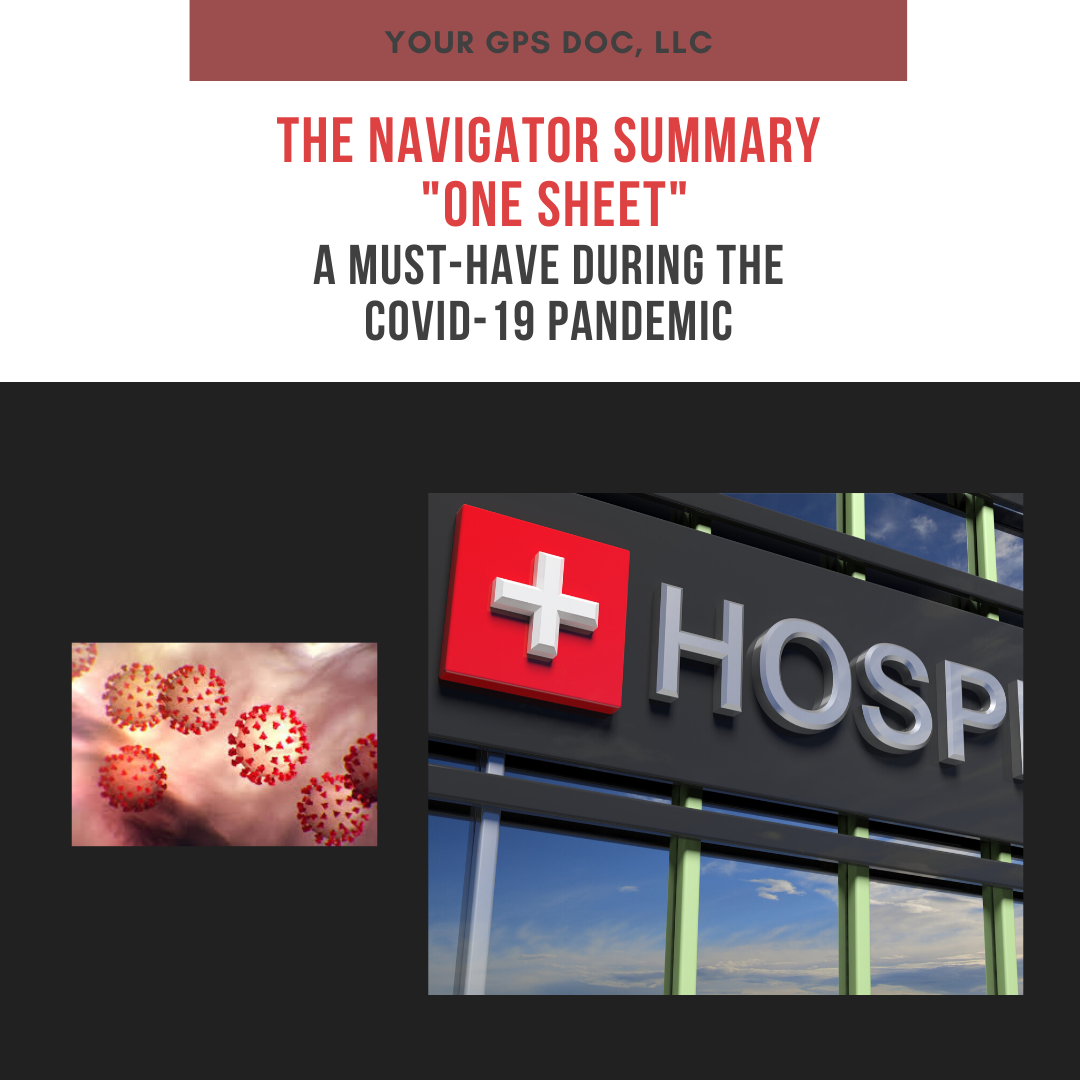Are you a comparison shopper? When purchasing a pair of shoes, a washing machine, or a new car, do you browse various online sites in search of the best price? A December 2016 Pew Research study revealed that eight in ten American consumers shop online and that the primary reason is the ability to compare cost. This data is not surprising. No one wants to spend money unnecessarily. It makes sense that, when given the opportunity, most prefer to shop around for a deal. Historically, the same has not been true for health care. According to a 2016 United Healthcare consumer survey, only a third of respondents used the internet or mobile apps to compare the cost of medical services.
There are several reasons why most Americans aren’t shopping for health care services.
-
Lack of cost transparency
The healthcare industry certainly doesn’t make it easy for consumers to compare prices. In fact, the cost of health care services is typically not revealed until the bill is received several weeks AFTER care has been provided. Can you imagine going out to dinner and having to order your meal with no information regarding the cost, then receiving a bill for $5,000? Despite a 2014 rule by the Centers for Medicare and Medicaid Services (CMS) requiring hospitals to provide a standard list of prices for medical services (mandated by the Affordable Care Act), most hospitals either don’t provide this information or they make it available only after an inquiry. The bottom line is that we have no idea how much we will end up paying for medical services.
-
Significant variability
Did you know that the cost of an MRI in your city may vary from approximately $2000 to more than $6000, depending on the facility? The same is true for other diagnostic imaging tests, like CT scans. There are various explanations for this phenomenon, including increased overhead costs in hospitals compared to outpatient radiology facilities. Another reason for the variability is because there is no standardization and facilities are literally allowed to charge whatever they want. This variability contributes to the confusion regarding cost transparency and makes it very difficult for consumers of health care to make smart financial decisions.
-
Limited health literacy
Studies have shown that only 12 percent of American adults have proficient health literacy, defined as “the degree to which individuals have the capacity to obtain, process, and understand basic health information and services needed to make appropriate health decisions.” Limited health literacy is widespread, affects all racial, ethnic, and socioeconomic groups, and interferes with our ability to be savvy consumers of health care. An important aspect of health literacy is understanding your health insurance benefits. Many individuals encounter unexpected medical bills for services that were either not covered by their health insurance or were provided by a physician who is out-of-network. Those who are enrolled in PPOs or High-Deductible Health Plans will be responsible for a larger percentage of their health care costs through deductibles and coinsurance. Health insurance can be very confusing. Without a clear understanding of your benefits you may be left with unaffordable healthcare expenses. (For a complete description of health insurance terms, be sure to read “5 Things You Absolutely MUST Understand About Your Health Insurance”.)
-
Concerns about quality
We’ve all heard the saying, “You get what you pay for.” Many are reluctant to comparison shop for healthcare services due to fear that cheaper healthcare equates to inferior quality. It’s one thing to snag a deal on a pair of boots for 50% off, but if Hospital A’s fee for a knee replacement is half that of Hospital B, you will likely question the cheaper hospital’s qualifications. These concerns are largely unfounded, as higher costs are often associated with a facility’s complication rate and are rarely a reflection of higher quality.
Lack of cost transparency, significant variability in cost among healthcare facilities, limited health literacy and concerns about quality are just a few of the barriers that prevent Americans from shopping for affordable health care. As healthcare costs continue to skyrocket and individuals are responsible for a larger proportion of their medical bills, it will be increasingly important to have a clear understanding of your health insurance benefits and to shop around for the best “deal”.
Next week, in Part 2 of this series, I will present specific tips and tools that will help you in your quest to lower your medical expenses.
Have you joined the Your GPS Doc Family? If not, please click here to receive notifications about new content as well as useful guides and additional resources only available to Your GPS Doc subscribers.








It can be so overwhelming to figure out health insurance, pricing, and coverage! I try to educate about the differences in medication pricing- another area where there is a lack of transparency. Thank you for covering this important topic in healthcare.
Dr. Welby, thank you for your comment and for educating your patients on this important issue!
With so many changes in the healthcare arena as of late, it can be daunting but it is imperative persons gain some knowledge to help navigate the medical maze. Great tips! #BLMGirl
Thanks for your comment, Tomi!
It is important to look over the terms and every aspect of the healthcare plans available to you to make the best decision for you and/or your family. Thanks for sharing! #BLMGirl
Thanks for your comment, Aria!
This is incredibly frustrating to me. I am a huge comparison shopper, but with health needs, I feel so in the dark. Even after calling my insurance company and my doctor’s office to make sure everything was in-network and all I’d need to do was pay a copay, I got a $700 bill because the LAB in the Doctor’s office was out of network! I had done my homework, to no avail. Then I switched insurance (husband’s job), and got a $200 bill from the same Lab company because I didn’t understand that with my new insurance, labs aren’t included in my copay AT ALL, whether or not the lab is in-network. It’s very frustrating, especially when I try to be literate and careful.
Natalie, thank you for your comment and for sharing your story. I’m sorry that happened. I and many others can relate to your frustrations. Keep doing your homework and spreading the word.